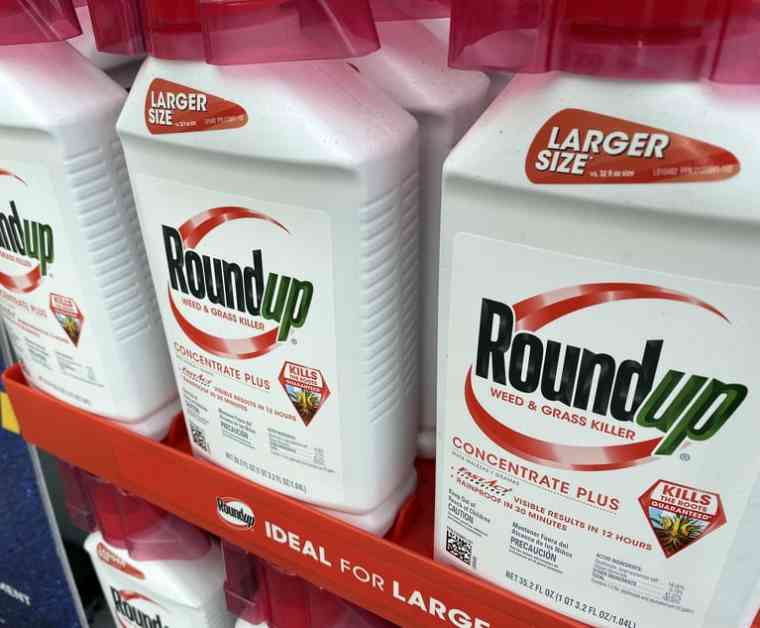Monsanto, a major player in the agricultural industry, recently secured a significant legal victory in the ongoing Roundup litigation. The U.S. Court of Appeals for the Third Circuit made a groundbreaking ruling that differs from previous decisions by sister courts on the issue of preemption in pesticide regulation. This ruling has far-reaching implications for both the company and the plaintiffs involved in the case.
Monsanto’s Legal Win
The central issue in the case revolved around whether states have the authority to impose additional label requirements on pesticides beyond what is mandated by federal regulations. In this particular instance, the plaintiffs argued that Monsanto should have included a cancer warning on its Roundup labels under Pennsylvania law. However, the Third Circuit unanimously held that the Federal Insecticide, Fungicide, and Rodenticide Act (FIFRA) preempts state laws that seek to add new labeling requirements to pesticide products.
This ruling effectively shields Monsanto from having to comply with potentially conflicting state regulations, providing a level of consistency and predictability for companies operating in the pesticide industry. It also underscores the supremacy of federal law in regulating pesticides, ensuring that manufacturers are not subject to a patchwork of state-specific requirements.
Implications for Roundup Litigation
The Roundup litigation has been a protracted legal battle for Monsanto, with thousands of lawsuits alleging that the herbicide is linked to cancer. This ruling could have a significant impact on the outcome of these cases, as it limits the ability of plaintiffs to argue that additional warnings should be included on Roundup labels at the state level.
By establishing a clear precedent on preemption in pesticide regulation, the Third Circuit’s decision may influence how similar cases are litigated in the future. It sets a standard for determining when federal law supersedes state laws in the context of pesticide labeling, providing clarity for both manufacturers and consumers.
Industry Response
Unsurprisingly, Monsanto welcomed the court’s ruling as a validation of its compliance with federal regulations. The company has consistently maintained that Roundup is safe when used as directed and that any claims linking it to cancer are unfounded. This decision bolsters Monsanto’s position and reinforces the company’s commitment to upholding federal pesticide laws.
On the other hand, critics of Monsanto and Roundup have voiced concerns about the potential implications of the court’s decision. They argue that preemption could limit states’ ability to protect their citizens from potentially harmful pesticides and undermine the authority of state regulators in ensuring product safety. This tension between federal and state regulations is likely to continue to play out in future legal battles over pesticide labeling requirements.
In conclusion, the U.S. Court of Appeals for the Third Circuit’s ruling on Monsanto’s preemption arguments represents a significant development in the Roundup litigation and the broader landscape of pesticide regulation. By clarifying the extent to which federal law preempts state requirements, the court has provided guidance for future cases and established a framework for resolving conflicts between federal and state regulations in the pesticide industry. As the legal landscape continues to evolve, the implications of this decision will reverberate throughout the agricultural sector and beyond.















